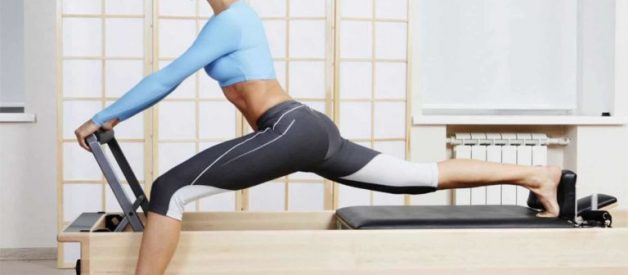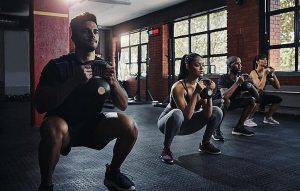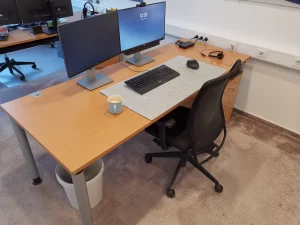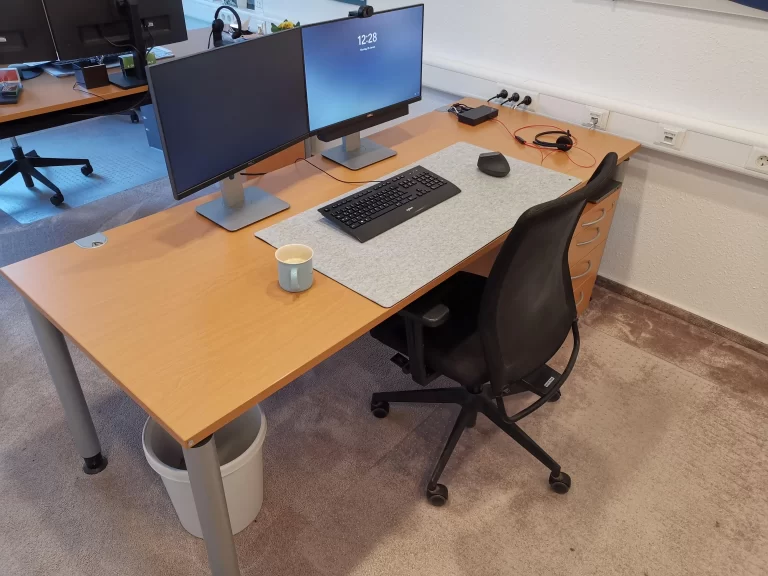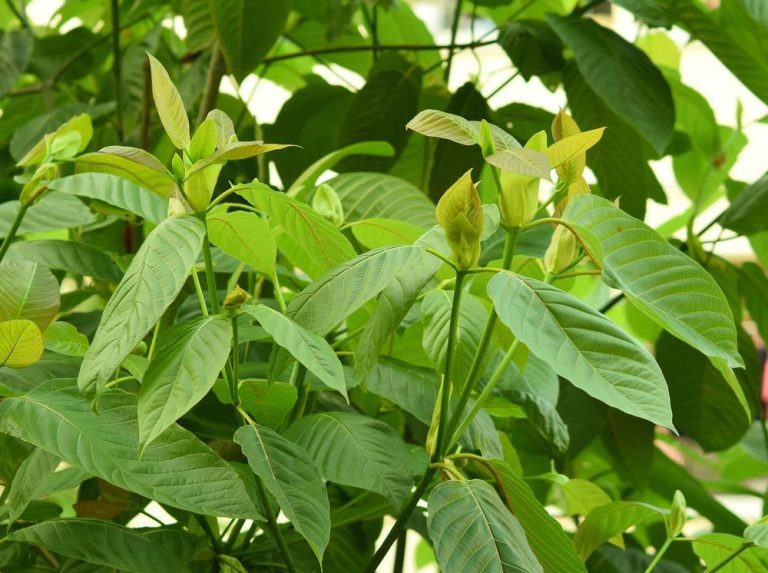The technique of postural alignment is the most significant distinction between Stott and Joseph Pilates’ techniques. While the traditional approach employs an engraved spinal, or flat back, throughout the activity, the Stott method emphasises keeping a neutral spinal column or natural curve of the back. When one knee is on the floor in a Stott class, the participant maintains neutral alignment. When both legs are airborne, they use the established alignment. Let’s see how to stott pilates teacher training happens.
Stott Technique
The Stott technique tries to rebalance the muscles around the joints and restore normal curvatures of the spine. It still conforms to the key Pilates principles—breathing, focus, fluidity of movement—but differs in its attitude to postural alignment, workout sequencing, and prop use.
As a result, Stott Pilates has five basic principles:
- Breathing properly guarantees circulation, avoids stress, and improves attention.
- Pelvic Positioning: The neutral and imprinting postures help to support the pelvic and lumbar spine.
- Ribcage Positioning: Ribcage posture influences thoracic spine alignment.
- Shoulder Resilience: Maintaining stable scapulae help minimize neck and higher shoulder pain.
- Head and Neck Positioning: Proper cervical spine positioning ensures the spine’s natural curve.
Teacher training
For certification, professional development, and continuing education, Stott provides the following programmes: comprehensive, intense, practical physiology, intermediate, accidents & special populations, rehab, and specialist.Each programme covers a variety of topics, such as Stott Pilates’ five basic principles, communication skills and interpretation skills, verbal cueing and illustrations for improved motivation and engagement, postural analysis, adjustments for body shapes, postural issues, and other conditions, and start exercising layering.Instructors can augment their expertise with introduction and continuing education courses covering topics ranging from sports and physical preparation to programming for various communities.

